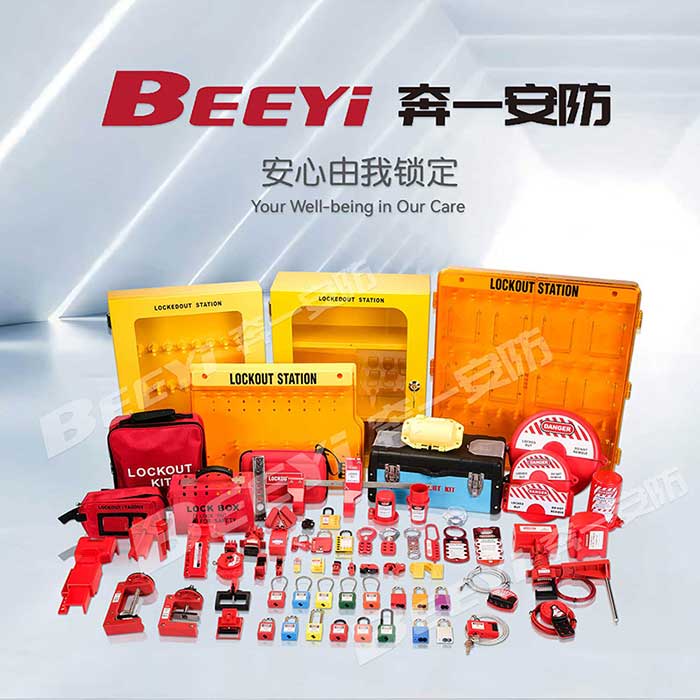Lock Out Tag Out (LOTO) is an essential safety protocol used in industrial and manufacturing settings to protect workers from the dangers associated with hazardous energy sources. This procedure ensures that equipment and machinery are safely shut down and secured during maintenance or repair activities. The primary goal of LOTO is to prevent accidents caused by the accidental release of energy, such as electrical, mechanical, hydraulic, or pneumatic power. Given its importance, understanding the LOTO process and its proper implementation can help save lives and minimize workplace injuries.

What is Lock Out Tag Out? The Lock Out Tag Out procedure consists of two critical components: Lock Out and Tag Out. Lock Out involves physically locking an energy-isolating device in the “off” or “safe” position. This ensures that the equipment cannot be turned on or activated while a worker is conducting repairs. Specialized locks are used for this purpose, preventing unauthorized personnel from accessing or unlocking the device. Tag Out is the process of attaching a warning tag to the locked-out energy-isolating device, indicating that maintenance or repair work is being performed. The tag provides important information, such as the identity of the worker performing the task, the nature of the work, and the expected duration of the lockout.